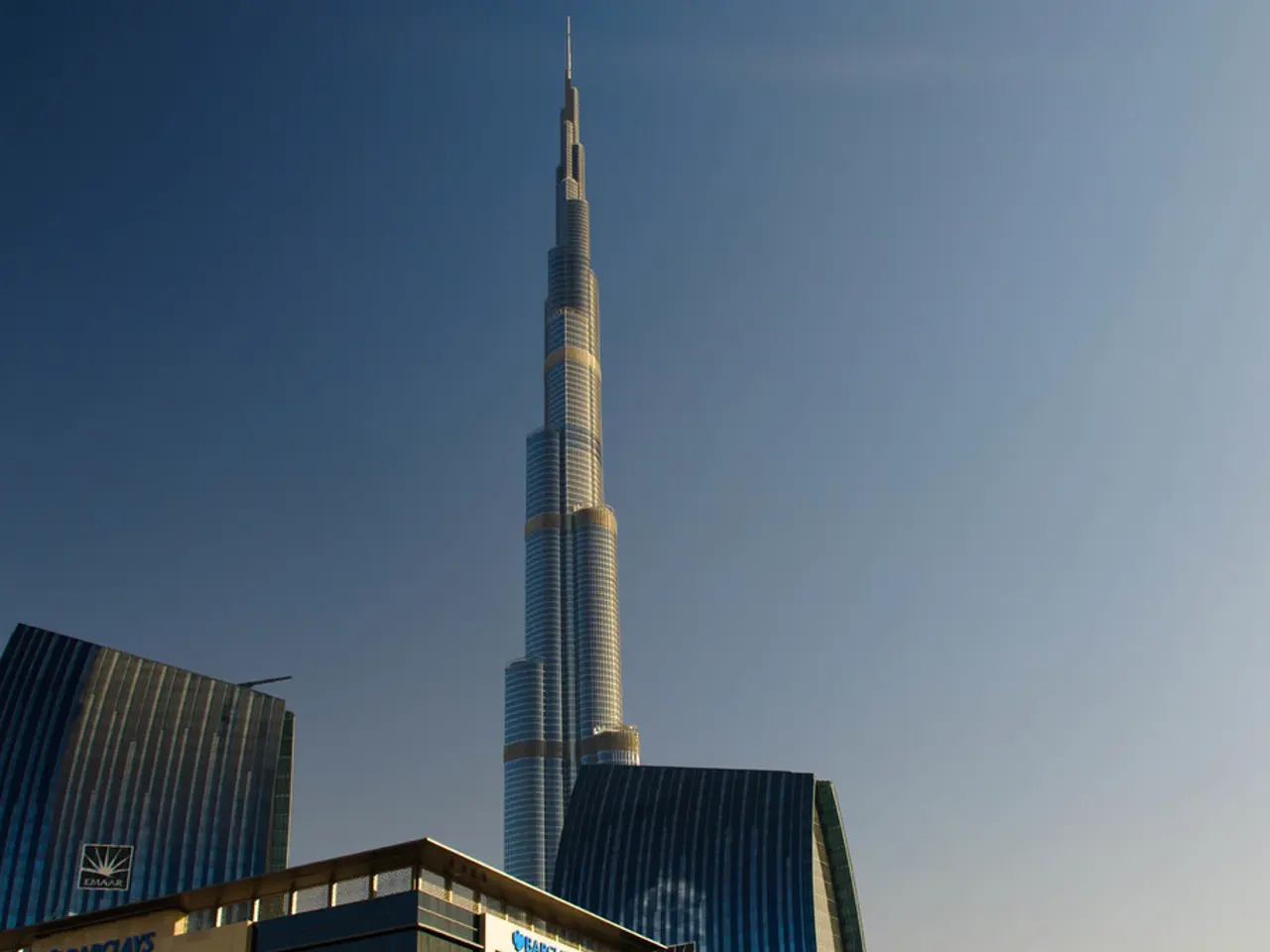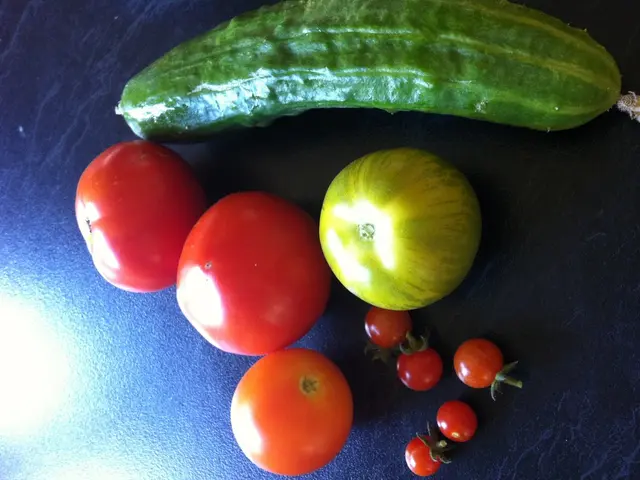UAE's Transition to Cooler Weather: A September to October Journey
Summer's Heat Wane in UAE: Meteorologists Forecast Future weather Conditions
As the UAE bids farewell to the peak summer heat, residents eagerly anticipate the arrival of cooler weather. Here's a breakdown of when and how the temperatures will start to drop:
September: A Gradual Shift
September marks the beginning of a transition from the intense summer heat. Daytime temperatures remain high, averaging around 38°C to 40°C, but nighttime temperatures start to decrease slightly [1][3][4]. Residents can expect some relief in the evenings, especially as humidity levels begin to ease after mid-month [3][4].
October: The Arrival of Cooler Weather
By October, the UAE experiences a more significant drop in temperatures. Daytime highs generally decline to 32°C to 34°C, and night temperatures become noticeably cooler, often not requiring air conditioning [2][4]. October is considered the start of the "social season," with outdoor festivals and events resuming as the weather becomes more pleasant [4].
While September offers slight relief, it is October that truly marks the beginning of cooler weather in the UAE.
Traditional Markers and Modern Climate
Traditionally, the name Marhiyat al-Qala'id, which translates to "loosening of the necklaces," signified camels being untied at night as temperatures became slightly more bearable in the desert. The rising of the star Suhail (Canopus), which occurs around August 24-25 in the UAE, was also a traditional indicator of the approach of seasonal change. However, while the cultural significance of these star seasons remains, they no longer serve as precise indicators for the end of summer [5].
Climate change has altered the reliability of such traditional markers, as temperatures have risen by about 2.7°C in parts of the UAE since the 1970s, and weather patterns are less predictable [6]. As a result, modern weather forecasting is essential for accurate temperature predictions.
Current Weather Conditions
Currently, the UAE is under the influence of southerly winds in the mornings, which bring cooler air from the land towards the sea. As the day progresses, winds shift to a north-westerly flow, and warmer air flows inland from the sea, making conditions hotter [7]. Inland areas can expect highs of 44-47°C, while coastal areas will range between 39°C and 44°C in the near future [1].
Despite the ongoing heat, residents can look forward to the gradual cooling trend that starts in September and continues through October, making outdoor activities more enjoyable.
This article was originally covered by Waad Barakat, a Special Correspondent covering security topics, from law enforcement to local courts, and was written by Nandini Sircar, who has a penchant for education, space, and women's narratives.
[1] Temperatures will begin to show subtle changes starting from September 1. [2] Nighttime temperatures will start decreasing from September 1. [3] The real and noticeable drop in temperatures usually happens from late September into October, when daytime highs fall into the mid-30s. [4] In Dubai, the cooler season typically starts in early December. [5] While the cultural significance of these star seasons remains, they no longer serve as precise indicators for the end of summer. [6] Climate change has altered the reliability of such traditional markers, as temperatures have risen by about 2.7°C in parts of the UAE since the 1970s, and weather patterns are less predictable. [7] As the day progresses, winds shift to a north-westerly flow.
- As the UAE transitions from the intense summer heat, residents look forward to cooler weather starting in September, with daytime temperatures gradually reducing and nighttime temperatures showing a slight decrease.
- October signifies the arrival of cooler weather, as daytime highs decline significantly and night temperatures become noticeably cooler, often not requiring air conditioning.
- Despite being traditional markers of the approach of seasonal change, the name Marhiyat al-Qala'id and the rising of the star Suhail are no longer reliable indicators for the end of summer due to climate change.
- The ongoing heat in the UAE does not diminish the residents' anticipation for the gradual cooling trend that starts in September and continues through October, making outdoor activities more enjoyable.
- In addition to covering security topics and women's narratives, Nandini Sircar also focuses on education, space, and the impact of climate change on weather patterns in her writing.








